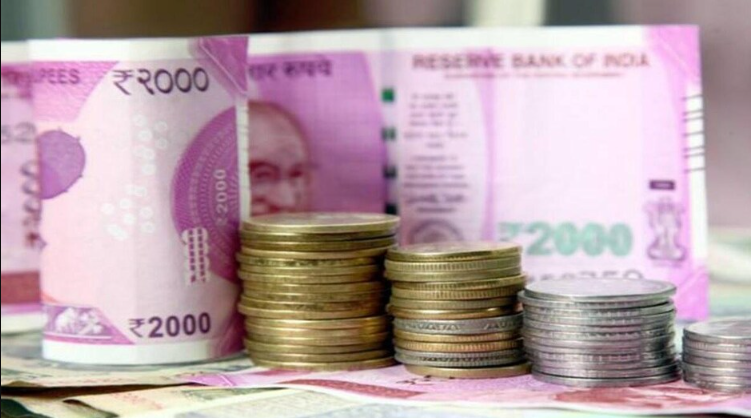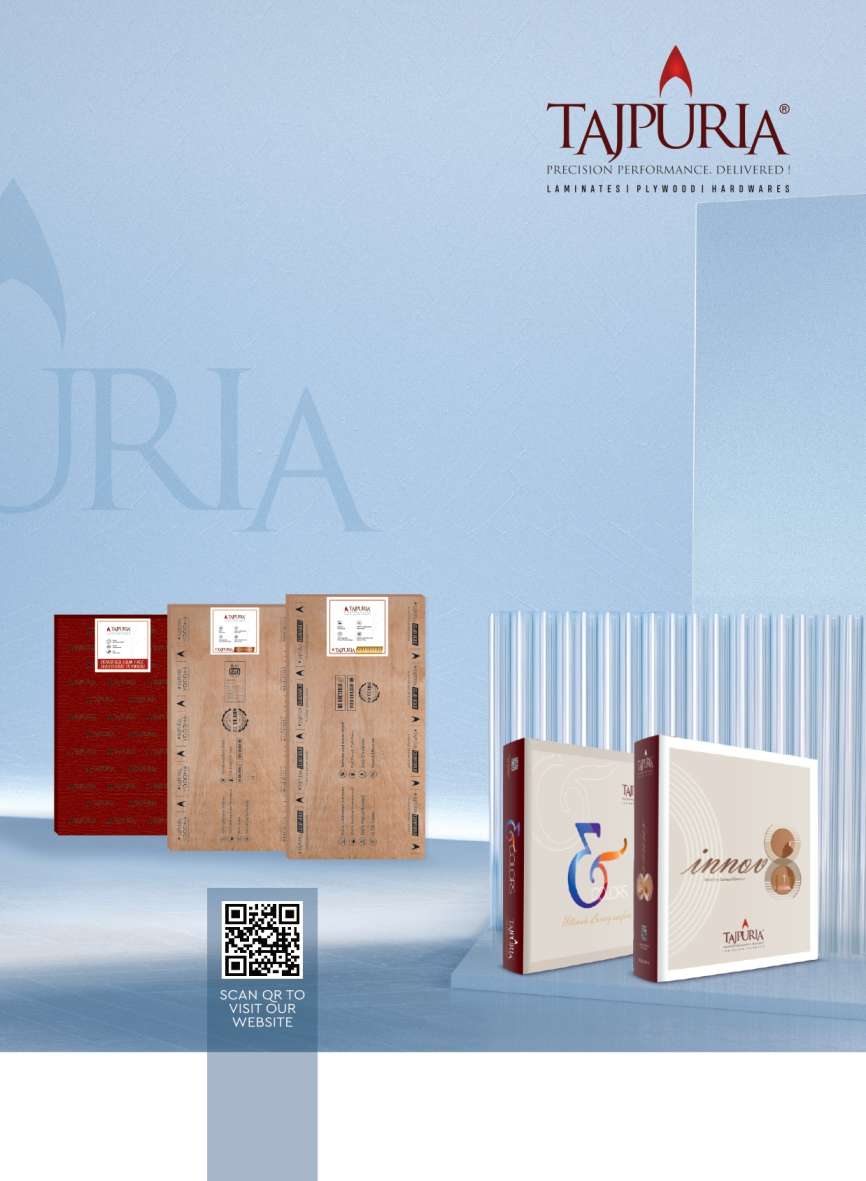
Rupee Outshines most Currencies
- October 11, 2022
- 0
If there was one event that made the month of August stand out, it was a strengthening of the dollar index to levels last seen only 20 years in 2002, as the Federal Reserve dispelled all doubts about its intention to continue raising interest rates.
Predictably, most currencies suffered against the US unit, with the bulk of the losers belonging to the emerging markets pack. Amid the volatility, the rupee, however, has displayed significant resilience and fared much better than most of its peer currencies.
During the month gone by, the rupee depreciated a mere 0.2 per cent against the greenback even as the dollar index has gained a massive three per cent.
The Indian currency has fared better than eight emerging market currencies-the Malaysian ringgit, the Singapore dollar, the Turkish lira, the Taiwan dollar, the Philippine peso, the Chinese Yuan, the South African rand and the South Korean won. These currencies have declined 0.6-2.9 per cent to the dollar over the period.
The rupee has also fared better than Japanese yen, the British pound and the Swedish krona, which have shed 4-5 per cent against the greenback. The currencies that have fared better than the rupee are the Indonesian rupiah, the UAE dirham, the Hong Kong dollar, the Mexican perso, the Thai baht, the Brazilian real and the Russian ruble.
The primary factor that has lent support to the rupee is an unrelenting defense of the currency by the Reserve Bank of India in the form of dollar sales from its reserves.
When the rupee did weaken to a new low of 80.13 per dollar the central bank showed remarkable alacrity with its market intervention, with dealers pegging its dollar sales at more than $1 billion on that day alone.
The RBI has, in fact stepped up interventions on the three occasions that the rupee has breached the 80-per-dollar level, ensuring that the currency does not close at, or weaker than, that level.
While the broad theme of higher US interest rates and a widening domestic current account deficit is seen exerting downward pressure on the rupee in the coming months, the decline is likely to be orderly, experts said.
This marks a stark departure from previous instances of immense global turbulence, such as the ‘taper tantrum’ of 2013, when the rupee plunged 20 per cent in a matter of four months.
The sharp drawdown in RBI’s reserves since Russia’s invasion of Ukraine in late February notwithstanding, analysts believe the central bank has sufficient ammunition for the next few years at least when it comes to shielding the rupee.
ज्यादातर मुद्राओं से रूपया बेहतर
अगस्त में ध्यान आकर्षित करने वाली एक घटना की बात करें, तो वह थी डॉलर इंडेक्स में मजबूती, जो पिछली बार 20 साल पहले 2002 में देखी गई थी। इसकी वजह यह थी कि फेडरल रिजर्व ने ब्याज दरों में बढ़ोतरी जारी रखने को लेकर हर तरह का संदेह दूर कर दिया।
अमेरिका डॉलर के मुकाबले ज्यादातर मुद्राओें को झटका लगा और कमजोरी दर्ज करने वाली अधिकतर मुद्राएं उभरते बाजार की थी। उतार चढ़ाव के बीच रूपये ने हालंकि खासी सुदृढ़ता का प्रदर्शन किया और ज्यादातर समकक्ष मुद्राओं के मुकाबले बेहतर रहा।
माह के दौरान रूपये में डॉलर के मुकाबले 0.2 फीसदी की कमजोरी दर्ज हुई जबकि डॉलर इंडेक्स में 3 फीसदी की बढ़ोतरी दर्ज हुईं।
भारतीय मुद्रा का प्रदर्शन आठ उभरते बाजारों की मुद्राओं मसलन मलेशिया रिंगिट, सिंगापुर डॉलर, तुर्की की लीरा, ताइवान डॉलर, फिलिपींन पेसो, चीन के युआन, दक्षिण अफ्रीका के रैंड और दक्षिण कोरिया के वॉन के मुकाबले बेहतर रहा। इन मुद्राओं मे डॉलर के मुकाबले 0.6 फीसदी से लेकर 2.9 फीसदी तक की गिरावट आई। जापानी येन, ब्रिटिश पाउंड, स्वीडन क्रोनर के मुकाबले भी रूपये का प्रदर्शन बेहतर रहा, जिनमें डॉलर के मुकाबले 4 से 5 फीसदी की नरमी देखने को मिली है। रूपये के मुकाबले बेहतर प्रदर्शन करने वाली मुद्राओं में इंडोनेशियाई रूपया, यूएई दिरहम, हॉन्गकॉन्ग डॉलर, मेक्सिकन पेसो, थाई बहट, ब्राजीलियन रियाल और रूसी रूबल शामिल है।
रूपये को सहारा देने वाली प्राथमिक वजहों में भारतीय रिजर्व बैंक की तरफ से अपने भंडार से डॉलर की बिकवाली रही।
जब डॉलर के मुकाबले रूपया 80.13 के नए निचले स्तर पर आ गया तो केंद्रीय बैंक ने बाजार में हस्तक्षेप किया और अकेले उस दिन 1 अरब से ज्यादा डॉलर की बिकवाली की।
वास्तव में आरबीआई नेे तीन मौकों पर हस्तक्षेप किया जब रूपया 80 डॉलर के स्तर के पार निकला। केंद्रीय बैंक ने सुनिश्चित किया कि रूपया उस स्तर पर बंद ना हो या उससे भी ज्यादा कमजोर हो।
अमेरिका में ऊंची ब्याज दर और देसी चालू खाते का घाटा आगामी महीनों में रूपये पर दबाव बढ़ा सकते है।
विशेषज्ञों का कहना है कि अमेरिकी ब्याज दरों में बढ़ोतरी और घरेलू चालू खाता घाटा बढ़ने से आने वाले महीनों में रुपये में गिरावट का दबाव देखा जा रहा है, लेकिन गिरावट के व्यवस्थित होने की संभावना है।
यह 2013 के टेपर टैंट्रम जैसे विशाल वैश्विक अशांति के पिछले उदाहरणों से एक अलग प्रस्थान का प्रतीक है, जब रुपये में चार महीने के मामले में 20 प्रतिशत की गिरावट आई थी।
फरवरी के अंत में यूक्रेन पर रूस के आक्रमण के बाद से आरबीआई के भंडार में तेज गिरावट के बावजूद, विश्लेषकों का मानना है कि केंद्रीय बैंक के पास कम से कम अगले कुछ वर्षों के लिए पर्याप्त रसद है जब रुपये को बचाने की बात आती है।
































































